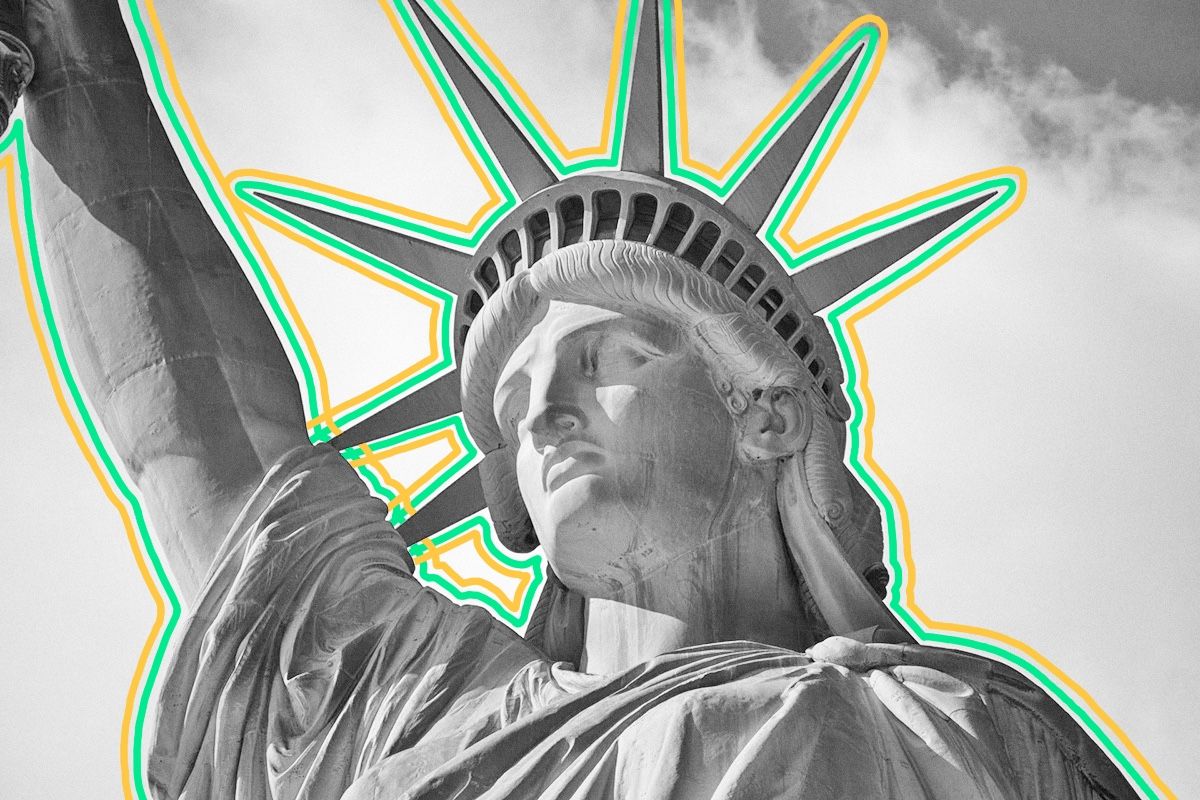
Russian Czar Peter the Great established a tax on beards.
A few years into his reign, Russian Czar Peter I (aka “Peter the Great”) decided to study abroad. Worried that Russia was lagging behind in key technological areas, especially when it came to shipbuilding, Peter traveled incognito from 1697 to 1698 to various European countries, including Prussia, Holland, and England, in an effort to modernize his own nation. Afterward, with his newly learned shipbuilding know-how, he created Russia’s first navy.
But it wasn’t just maritime skills Peter learned on his “Grand Embassy.” He also picked up a few fashion and grooming ideas — including a particular interest in the freshly shaven chins of most Western European men. Determined to integrate Russia into the increasingly powerful club of European countries, Peter established (around 1705) a tax that fiscally punished anyone sporting a beard. The tax was progressive, with the well-to-do shelling out more for their facial adornments than the peasantry; nobility and merchants could pay as much as 100 rubles a year, while peasants might pay one kopek (1/100 of a ruble). Yet the tax was almost universally reviled — and even helped spark a few riots. The biggest opponent of the tax was the Russian Orthodox Church, which regarded clean-shaven faces as sinful. Despite this stiff opposition, Peter I stuck with the tax and was known to even shave off the beards of his guests at parties, much to the horror displayed on their now-clean-shaven faces.
Sideburns have been found on the faces of several famous figures, from Alexander the Great to Charles Darwin, but it wasn’t until the U.S. Civil War (1861–1865) that the term “sideburns'' came into being, thanks to a particularly hirsute Union general. Ambrose Burnside wasn’t much of a general: At the Battle of Antietam, his ineffective command meant his soldiers struggled to take a stone bridge (now called Burnside Bridge) and turned what could’ve been a Union victory into a draw. At Fredericksburg, things went from bad to worse, as Burnside led several failed assaults against Robert E. Lee’s forces. But what Burnside might’ve lacked in military acumen, he made up for with his luxurious facial hair, which connected his side-whiskers to his mustache (his chin remained clean-shaven). After the war, many men copied the general’s look, and these facial facsimiles were called “burnsides.” Over the years, the term eventually flipped into its modern spelling.

